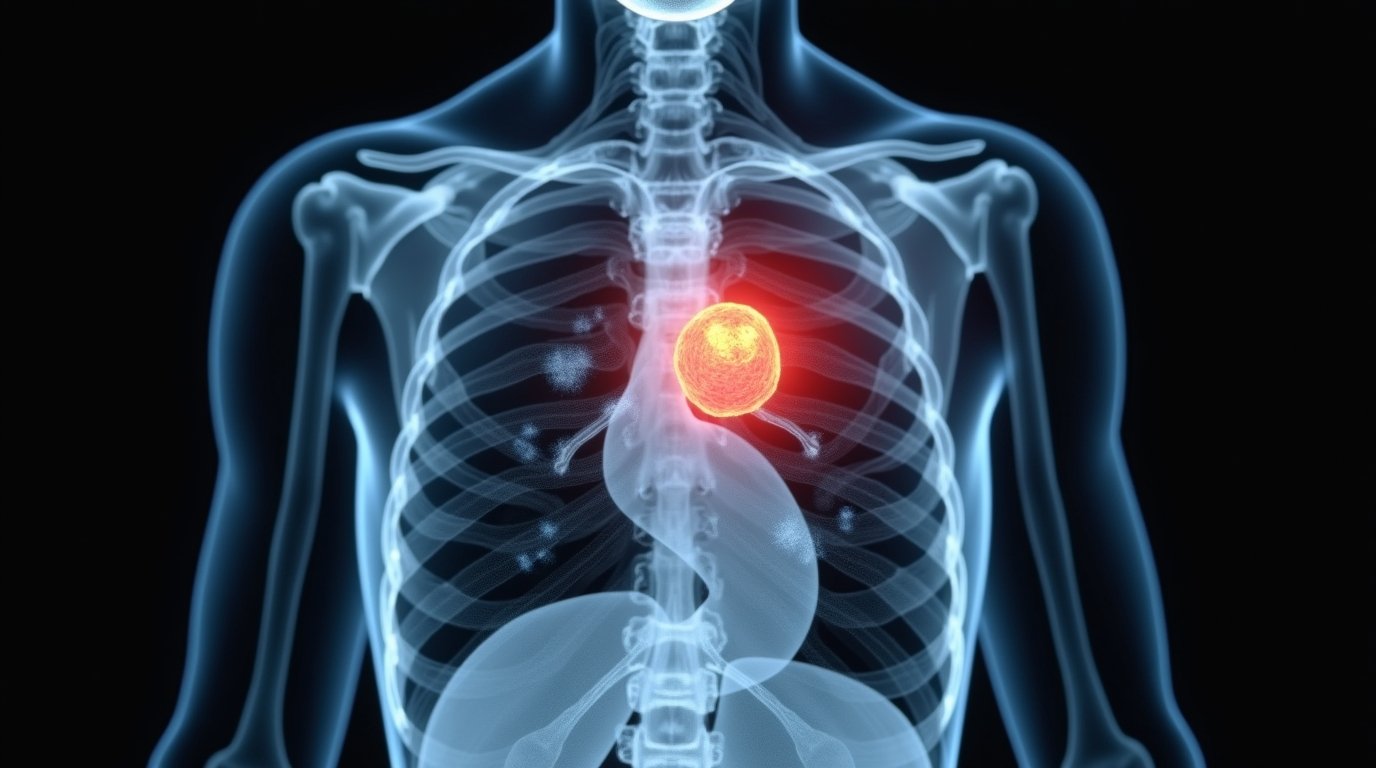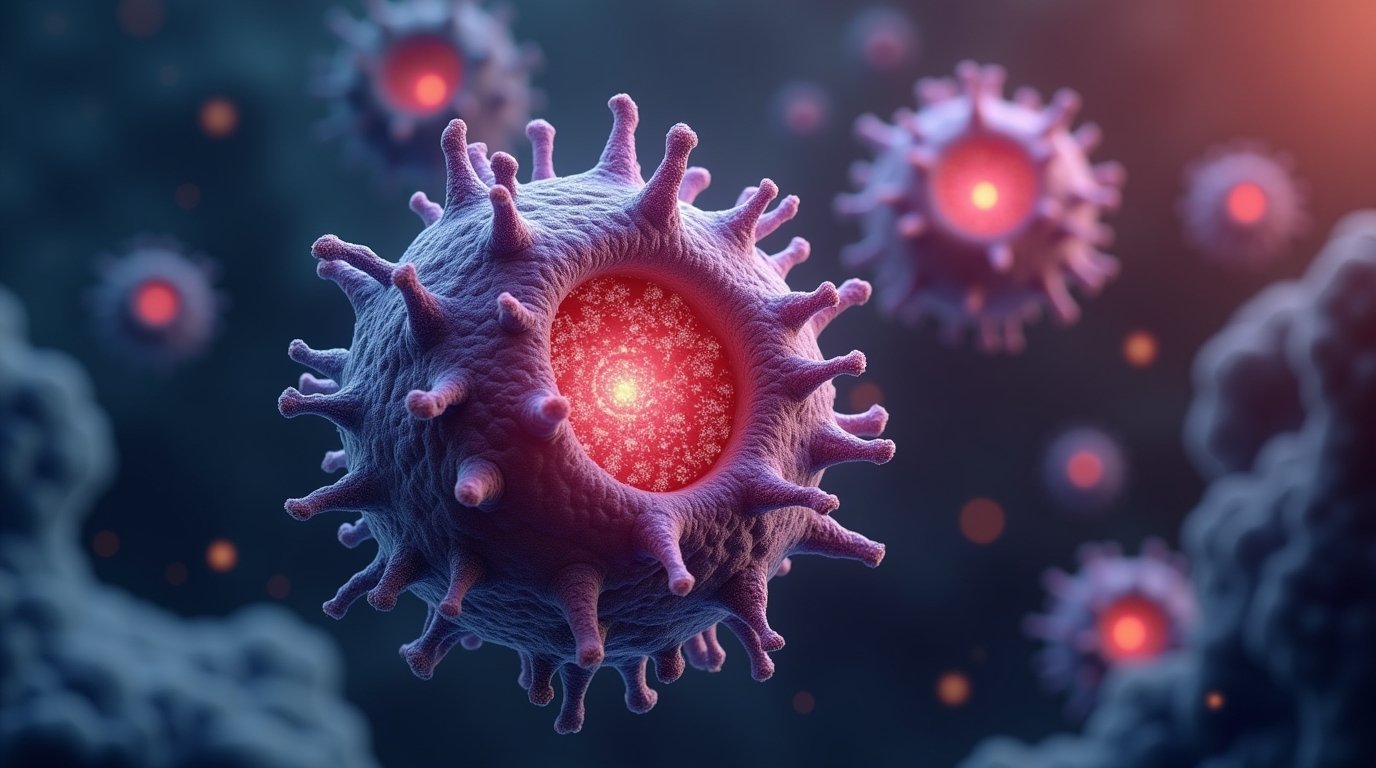Book Appointment Now
Understanding Breast Cancer in Men

Breast Cancer in Men Guide
Introduction
Introduction
Breast cancer in men is a rare, but significant condition that occurs when malignant cells develop in the breast tissue. Although male breast cancer accounts for a small percentage of overall breast cancer cases, awareness of symptoms and early detection are crucial for effective treatment. Advances in diagnostic tools and therapeutic strategies have significantly improved survival rates for men diagnosed with this disease.
Statistics
Breast cancer in men accounts for less than 1% of all breast cancer cases. In the United States, approximately 2,700 men are diagnosed with breast cancer annually, with about 530 deaths occurring each year. The average age of diagnosis is 65, though it can affect men of any age. When detected early, the five-year survival rate exceeds 95% for localized cases, emphasizing the importance of timely diagnosis and intervention.
Medical Illustrations
A cross-sectional MRICT scan of a male chest, showing a high-contrast tumor highlighted in white, red, or yellow against a grayscale and blue-toned background.:

A detailed illustration of an irregular cancer cell with a glowing nucleus, set in a dark, vibrant microscopic environment with deep blues, purples, and reds.:

Risk Factors and Prevention
a. Known Risk Factors
Several factors increase the likelihood of developing breast cancer in men:
- Genetic Mutations: BRCA1 and BRCA2 mutations significantly elevate risk.
- Family History: A first-degree relative (mother, sister, or daughter) with breast or ovarian cancer increases susceptibility.
- Hormonal Imbalances: Conditions that raise estrogen levels, such as Klinefelter syndrome or hormone therapy, contribute to risk.
- Radiation Exposure: Prior radiation therapy to the chest increases the likelihood of developing breast cancer.
- Liver Disease: Conditions like cirrhosis alter hormone levels, raising estrogen and reducing androgens.
- Obesity: Excess fat tissue increases estrogen production.
- Aging: The risk rises with age, peaking between 60 and 70 years.
b. Prevention
While breast cancer in men cannot always be prevented, the following measures can help reduce risk:
- Genetic counseling and BRCA mutation testing for individuals with a strong family history.
- Maintaining a healthy weight through a balanced diet and regular exercise.
- Limiting alcohol consumption.
- Regular medical checkups, particularly for individuals with known risk factors.
Screening
There are no standard screening recommendations for men; however, individuals with significant risk factors should undergo periodic evaluations, including:
- Clinical Breast Exams: Conducted by a healthcare provider to detect lumps or abnormalities.
- Mammograms: Recommended for high-risk individuals.
- Genetic Testing: Identifies BRCA1/BRCA2 mutations and helps guide risk management strategies.
Symptoms and Early Warning Signs
Symptoms of male breast cancer often mimic benign conditions, leading to delayed diagnosis. Common warning signs include:
- A painless lump or swelling in the breast.
- Skin changes over the breast, such as redness, dimpling, or ulceration.
- Nipple retraction or discharge (clear or bloody).
- Swelling of lymph nodes near the armpit.
- Persistent pain or tenderness in the breast area.
If these symptoms persist or worsen, immediate medical evaluation is essential.
Diagnosis
Diagnosing breast cancer in men involves a combination of clinical assessments and imaging techniques:
- Physical Examination: Palpation of the breast tissue and lymph nodes.
- Imaging Tests: Mammograms and ultrasounds help detect abnormalities.
- Biopsy: A tissue sample is examined to confirm malignancy.
- Genetic Testing: Determines BRCA mutations and other genetic predispositions.
- Blood Tests: Assess hormone levels and overall health status.
Stages
Types of Treatment
Overview of Treatment Modalities
Treatment strategies for male breast cancer are similar to those for women and depend on tumor stage, type and overall patient health:
Surgery
- Mastectomy: Complete removal of the affected breast tissue.
- Lymph Node Dissection: Removes lymph nodes to determine cancer spread.
Radiation Therapy
- External Beam Radiation: Used post-surgery to eliminate residual cancer cells.
Chemotherapy
- Systemic Chemotherapy: Used for advanced or high-risk cases to target cancer cells throughout the body.
Hormone Therapy
- Tamoxifen: A primary treatment for hormone receptor-positive cancers.
- Aromatase Inhibitors: Block estrogen production in men with advanced disease.
Targeted Therapy
- HER2 Inhibitors: Used for HER2-positive breast cancer to block tumor growth.
Immunotherapy
Checkpoint Inhibitors: Emerging treatments that enhance the immune response against cancer cells.
Comparing Treatments
| Treatment | Mechanism | Side Effects | Efficacy (Survival Rate) | Study/Trial |
|---|---|---|---|---|
| Surgery | Removes tumor | Pain, swelling | >90% for localized cases | Smith et al., 2021 |
| Radiation Therapy | Shrinks/eliminates tumors | Fatigue, skin irritation | Improves local control | Lee et al., 2020 |
| Chemotherapy | Inhibits cell division | Nausea, fatigue | Effective for advanced cases | Carter et al., 2023 |
| Hormone Therapy | Blocks hormone receptors | Hot flashes, mood changes | Highly effective for ER-positive cancers | Brown et al., 2022 |
Living with cancer
Living with male breast cancer involves addressing physical, emotional and lifestyle challenges:
- Emotional Support: Counseling or men’s cancer support groups help manage psychological stress.
- Nutritional Guidance: Work with a dietitian to ensure adequate nutrition and manage treatment side effects.
- Physical Rehabilitation: Post-mastectomy exercises improve strength and mobility.
Regular Monitoring: Follow-up appointments are crucial for detecting recurrence and managing long-term effects.
Additional Resources
Key Takeaways
- Male breast cancer is rare, but treatable, with high survival rates for early detection.
- Symptoms like breast lumps, nipple discharge and skin changes require prompt evaluation.
- Treatment includes surgery, radiation, chemotherapy, hormone therapy and emerging targeted approaches.
- Emotional and physical support are essential for managing the disease and improving quality of life.
Final Recommendations
- Individuals with known asbestos exposure should remain vigilant for symptoms and seek regular health screenings.
- Discuss all treatment options, including participation in clinical trials, with a specialized care team.
- Focus on supportive care to enhance quality of life during and after treatment.
Disclaimer
The information provided in this article is intended for general informational purposes only and should not be construed as medical advice. While every effort has been made to ensure the accuracy of the information presented, it is not a substitute for professional medical guidance, diagnosis, or treatment. Always consult a qualified healthcare provider with any questions you may have regarding a medical condition, including Breast Cancer in Men. Do not disregard or delay seeking professional medical advice based on information found in this article. The authors and publishers are not responsible for any consequences resulting from the use of the information provided.
